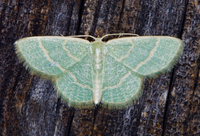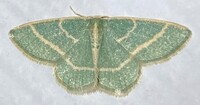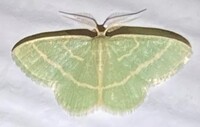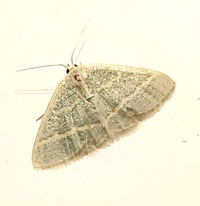
| Recorded by: Mark Basinger on 2025-09-19
Brunswick Co.
Comment: | 
| Recorded by: Mark Basinger on 2025-09-15
Wilson Co.
Comment: |
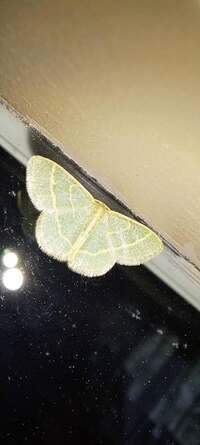
| Recorded by: Allison Garton on 2025-09-08
Moore Co.
Comment: | 
| Recorded by: Allison Garton on 2025-09-07
Moore Co.
Comment: |

| Recorded by: Mark Basinger on 2025-06-25
Buncombe Co.
Comment: | 
| Recorded by: Mark Basinger on 2025-06-07
Wilson Co.
Comment: |
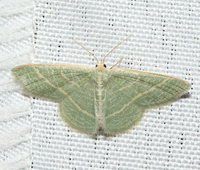
| Recorded by: David George, Bonnie Eamick on 2025-04-25
Wake Co.
Comment: | 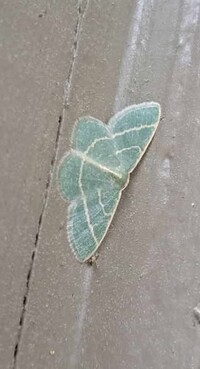
| Recorded by: Allison Garton on 2025-04-21
Moore Co.
Comment: |

| Recorded by: David George, Stephen Dunn, Jeff Niznik on 2024-09-12
Orange Co.
Comment: | 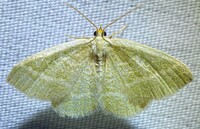
| Recorded by: Dean Furbish, Lior S. Carlson on 2024-06-17
Lincoln Co.
Comment: |

| Recorded by: Mark Basinger on 2024-06-11
Wilson Co.
Comment: | 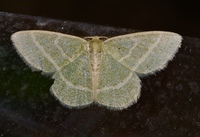
| Recorded by: Jim Petranka and Becky Elkin on 2024-05-01
Madison Co.
Comment: |
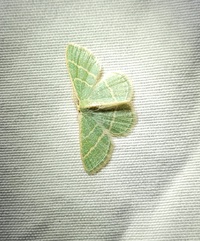
| Recorded by: Andrew W. Jones on 2024-04-29
Polk Co.
Comment: | 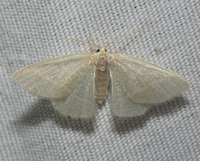
| Recorded by: David George, Jeff Niznik, Rich Teper on 2024-04-16
New Hanover Co.
Comment: |
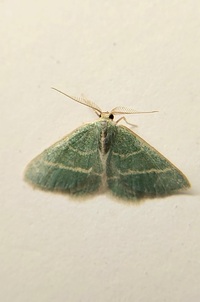
| Recorded by: Mark Basinger on 2024-04-13
Wilson Co.
Comment: | 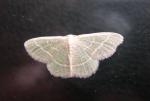
| Recorded by: R. Newman on 2024-04-03
Carteret Co.
Comment: |
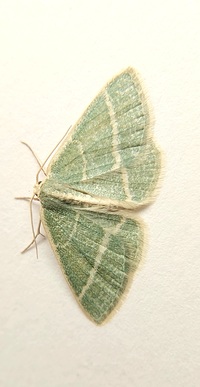
| Recorded by: Mark Basinger on 2024-04-02
Wilson Co.
Comment: | 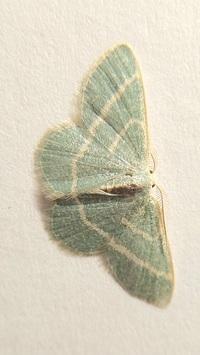
| Recorded by: Mark Basinger on 2024-03-30
Rowan Co.
Comment: |
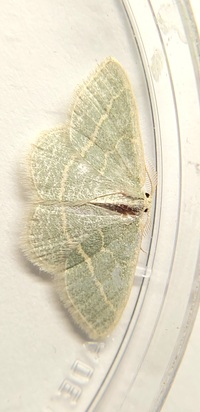
| Recorded by: Mark Basinger on 2024-03-23
Wilson Co.
Comment: | 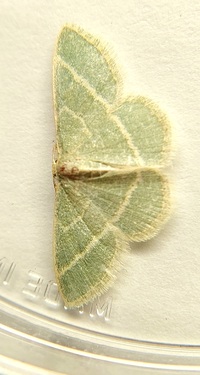
| Recorded by: Mark Basinger on 2024-03-16
Wilson Co.
Comment: |
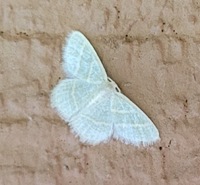
| Recorded by: Michael P. Morales on 2023-08-26
Cumberland Co.
Comment: | 
| Recorded by: Michael P. Morales on 2023-08-26
Cumberland Co.
Comment: |

| Recorded by: K. Bischof on 2023-08-16
Transylvania Co.
Comment: | 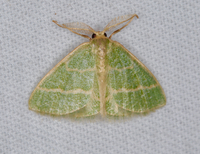
| Recorded by: Jim Petranka and Bo Sullivan on 2023-06-14
Moore Co.
Comment: |
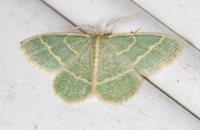
| Recorded by: Jim Petranka, John Petranka and Bo Sullivan on 2023-06-14
Moore Co.
Comment: | 
| Recorded by: Jim Petranka and Bo Sullivan on 2023-06-13
Moore Co.
Comment: |

| Recorded by: David George, Stephen Dunn, Jeff Niznik on 2023-06-03
Orange Co.
Comment: | 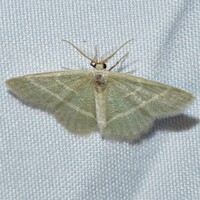
| Recorded by: David George, Jeff Niznik on 2023-04-29
Orange Co.
Comment: |
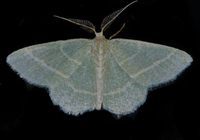
| Recorded by: Jim Petranka on 2023-04-21
Madison Co.
Comment: | 
| Recorded by: R. Newman on 2023-04-05
Carteret Co.
Comment: |
|

 »
»